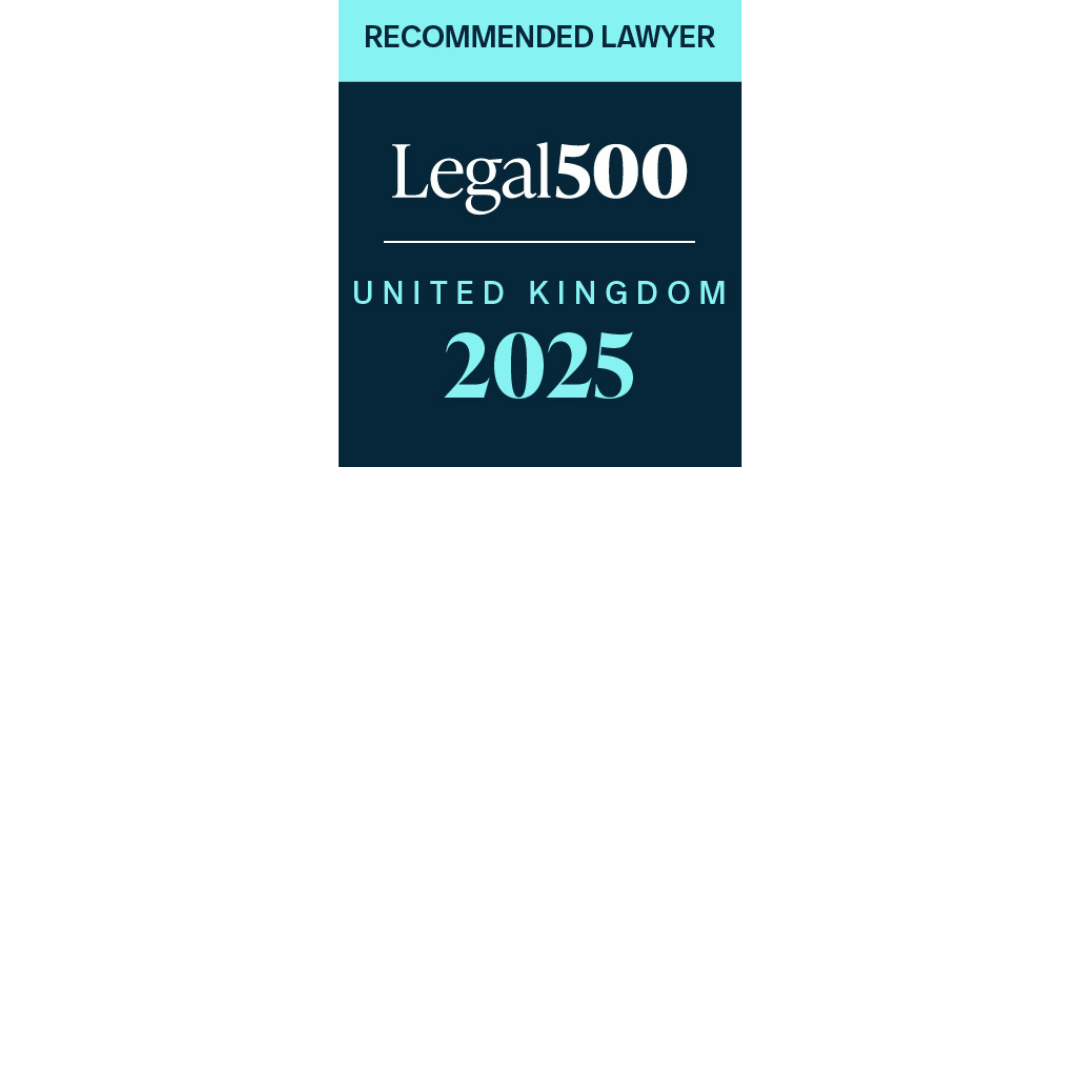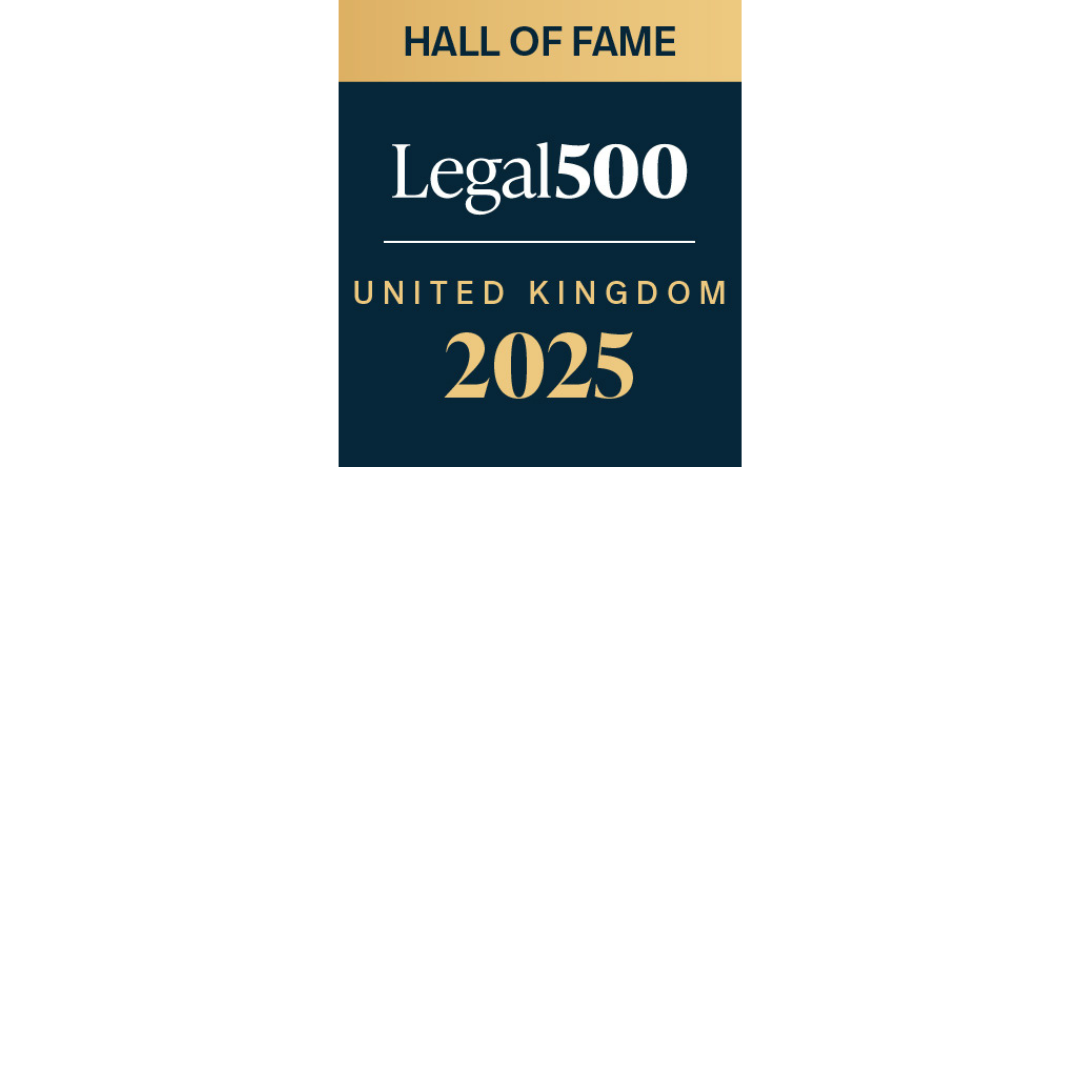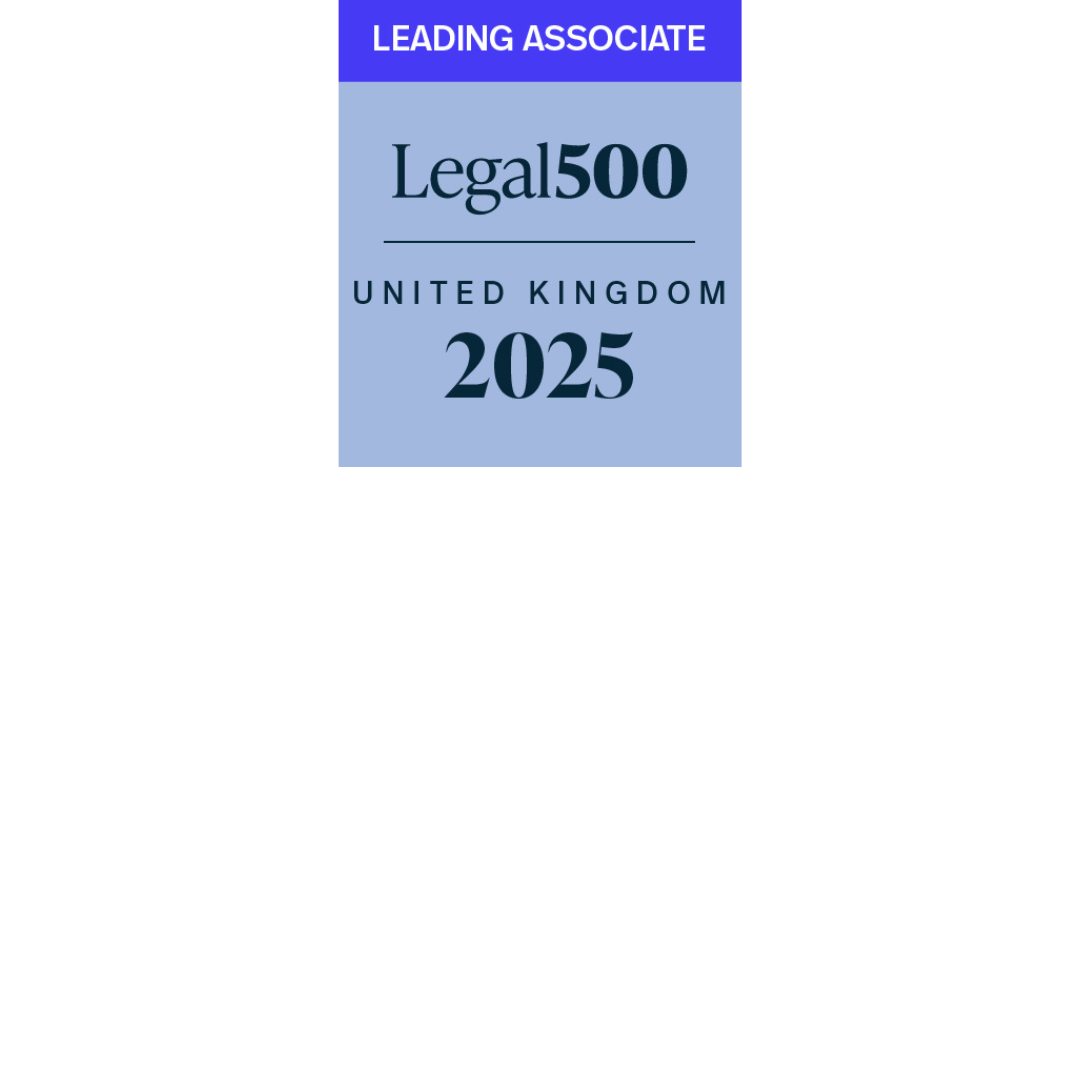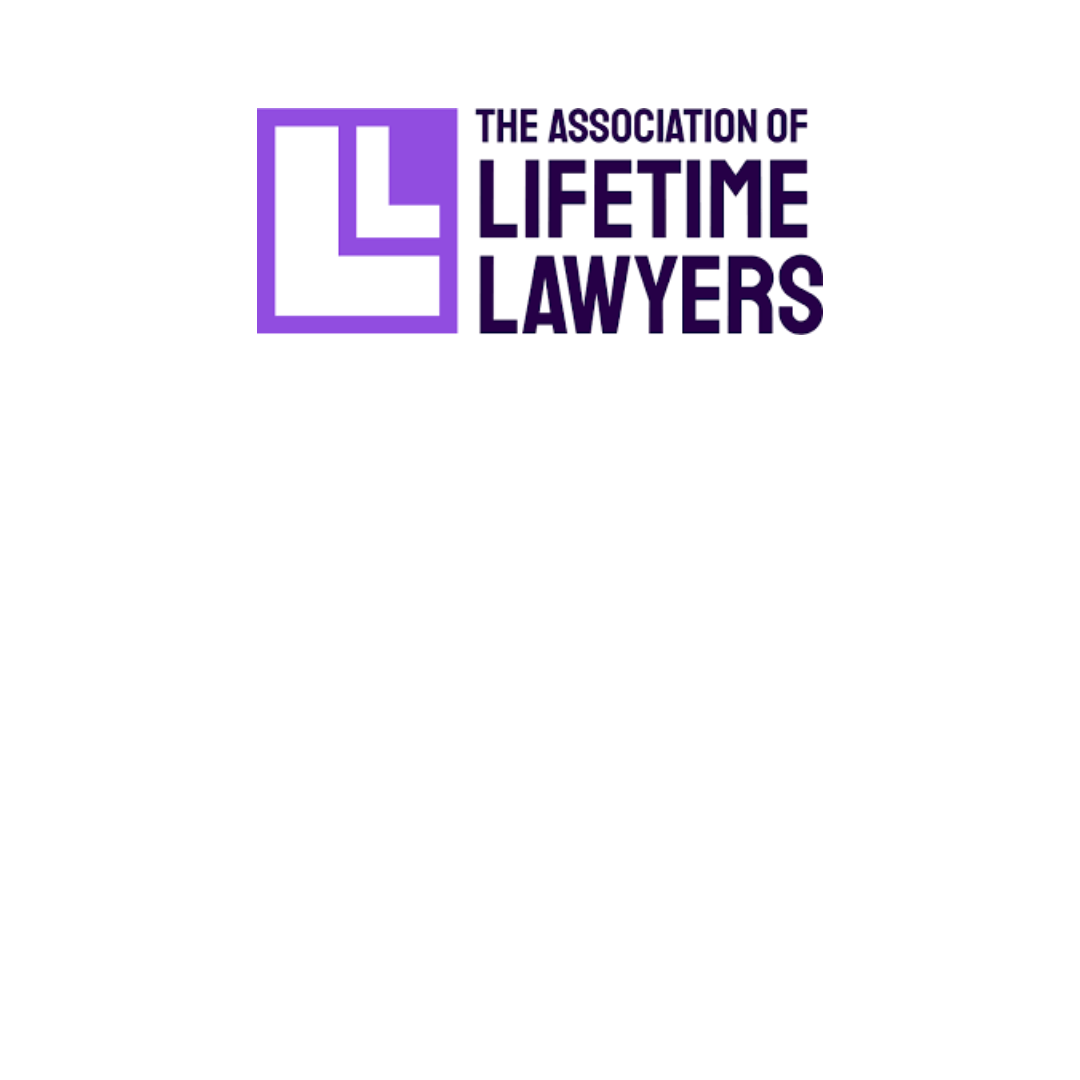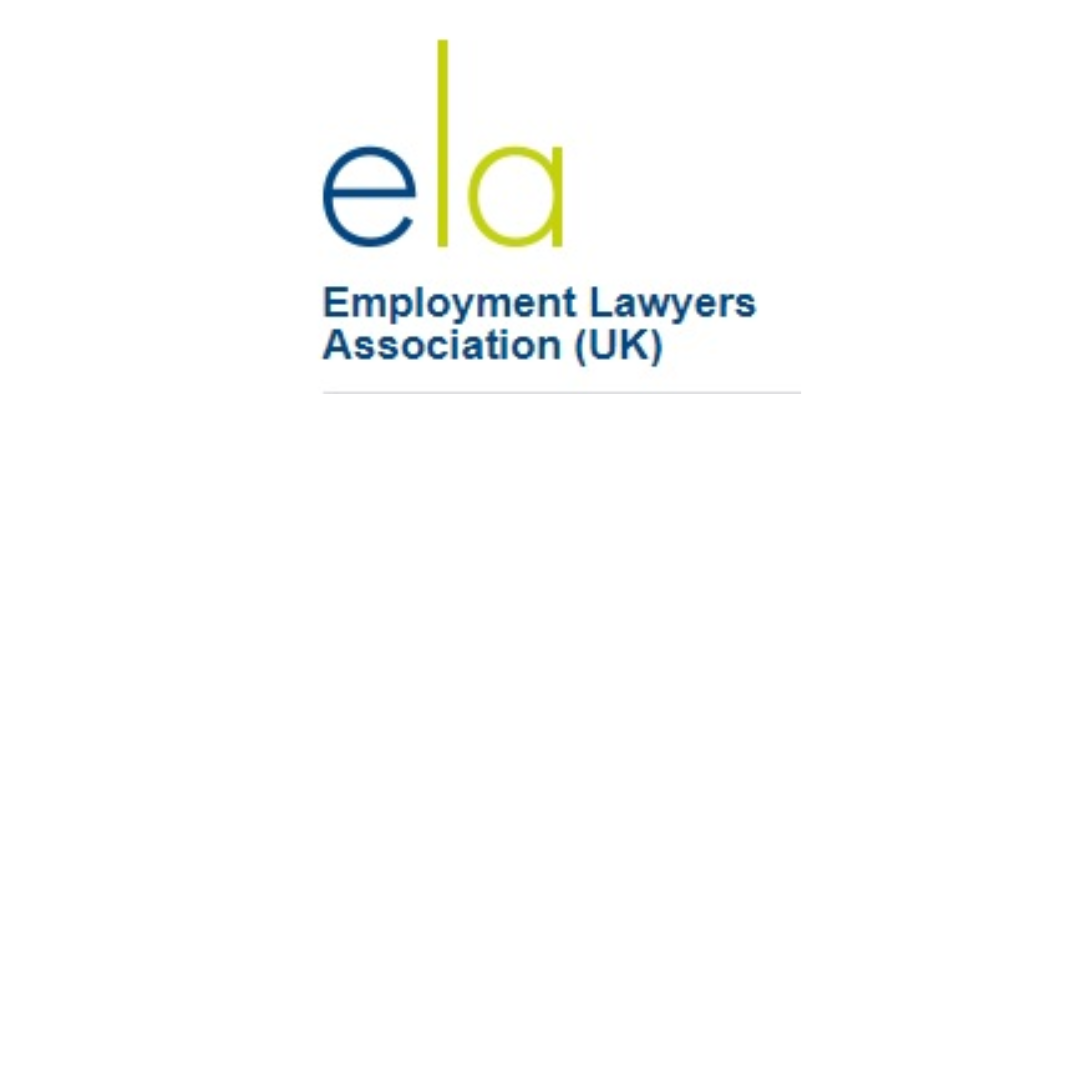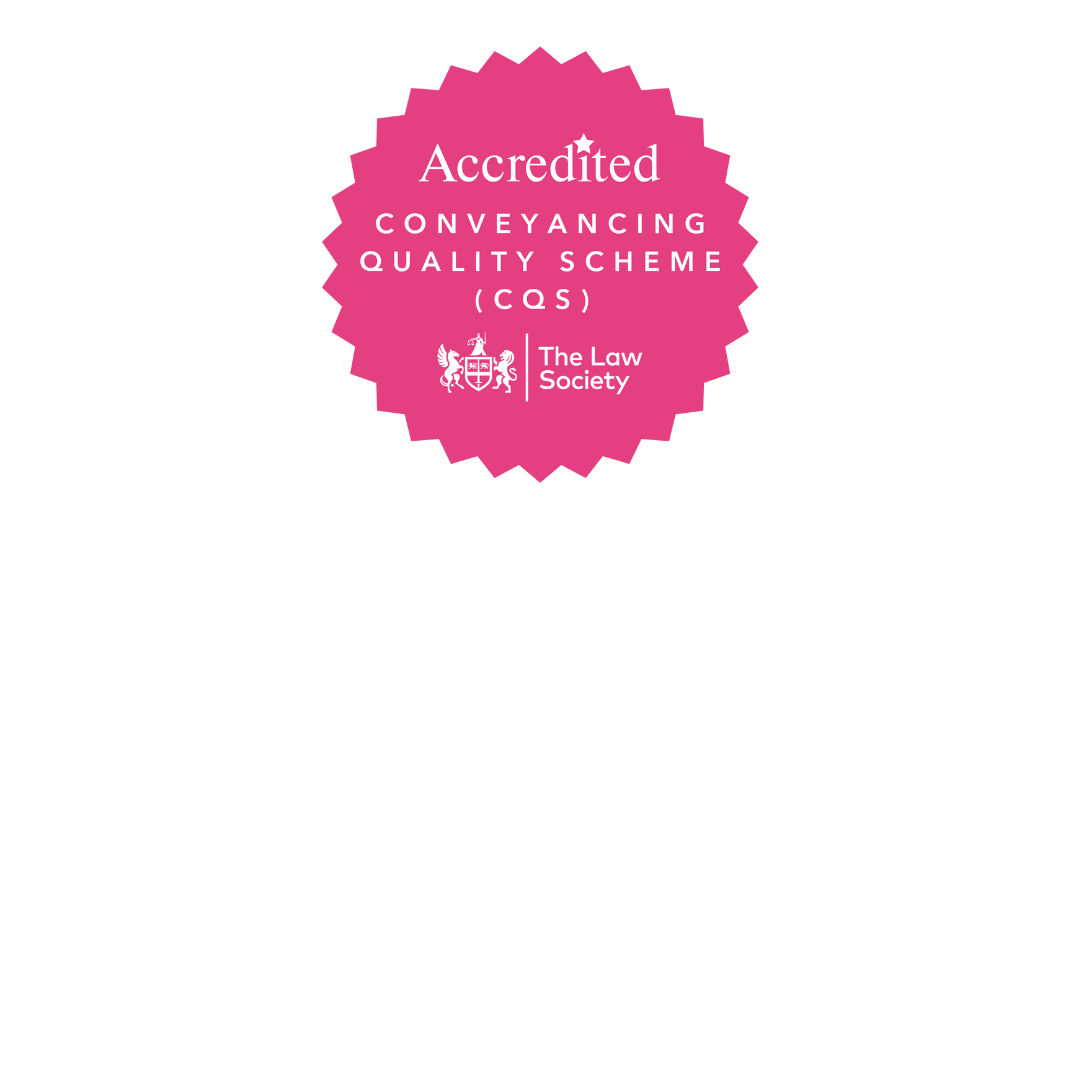Following recent updates to the Practice Direction Amendments, amongst many matters, certain changes have come into force effective from 6th April 2020 which affect Practice Direction 22 (relating to Statements of Truth) and Practice Direction 32 (relating to Evidence). In essence, the changes to these two particular Practice Directions will affect anyone who is involved in drafting or signing documents such as Particulars of Claim, Defences, expert reports, and witness statements.
We've outlined below the nature of these changes and what needs to be followed in order to comply.
Practice Direction 22 – Statements of truth
In the context of litigation, when an individual makes a statement of truth, it is usually part of an overall document. The purpose of the statement of truth is to verify the truth of the information contained in that document. Effective from 6th April 2020, if you are required to make a statement of truth, it will need to say as follows:
“[I believe][the (claimant / defendant (or the status of the party giving the statement)) believes] that the facts stated in this [name of document] are true. I understand that proceedings for contempt of court may be brought against anyone who makes, or causes to be made, a false statement in a document verified by a statement of truth without an honest belief in its truth.”
If someone is required to make a statement of truth which incorporates a witness statement in that document, this document will need to say as follows:
“I believe that the facts stated in this witness statement are true. I understand that proceedings for contempt of court may be brought against anyone who makes, or causes to be made, a false statement in a document verified by a statement of truth without an honest belief in its truth.”
The changes which have been brought in do not change the significance of making a statement of truth. As has always been the case, the individual making a statement of truth must be fully satisfied as to the content before putting pen to paper. The legal consequences of making a statement of truth, knowing that, or not caring whether the details contained in it are not true, are (and always have been) very serious. The purpose of the amendments is to make it clear to the individual making the statement the consequences of knowingly providing false information.
It is always advisable for anyone who is required to sign something which contains a statement of truth, to fully read through the contents of that document. They must fully understand what is written in the document and what the implications of signing it are. If you have legal representation and you have any issues with the content of a document, you should seek the advice of your qualified legal representative before signing.
In addition to the above changes, a statement of truth verifying a witness statement must be in the same language as the witness statement. If your legal representative is required to sign a statement of truth on your behalf, the legal representative must be happy that you (their client) fully understands the contents of the witness statement and should rely on the services of an interpreter, if required.
Practice Direction 32 - Evidence
The update to this Practice Direction now means that further information needs to be included in witness statements. The heading of the witness statement must contain the date of any translation (if necessary). The main body of a witness statement should be drafted in the person’s own words and must also be drafted in their own language (as necessary). It is commonplace for solicitors to draft witness statements on behalf of their client, based of course on the client’s instructions. Witness statements will now also need to outline the process by which the solicitor obtained the information to be included in the statement and by which instructions were provided (for example face to face, by telephone or through an interpreter).
Key Takeaways
In summary, the changes to Practice Directions 22 and 32 are as follows:
- Individuals who are required to sign defences, witness statements and other such documents that require that individual to make a statement of truth, are at risk of serious legal consequences which may lead to criminal sanctions if any false statements are made in these documents.
- Going forward, the wording of a statement of truth as outlined above must be used for them to be valid.
- Witness statements are required to be drafted in the individual’s own words and language. If required, your solicitor will need to consult the services of a qualified interpreter if your first language is not English. You must make your solicitor aware if you have any problems in understanding anything in English.
- If a witness statement is produced in another language, these will need to be professionally interpreted into English and then filed with Court and served on the relevant parties. The interpreter will also need to verify that the translation has been carried out correctly.
- If you make a statement of truth, this should be dated on the date on which it is signed.
- Witness statements must now state by which method the information was obtained, i.e. face to face, by telephone or through an interpreter.
- Legal documents are complex and may carry significant consequences. If you have a need to discuss any legal matters, please feel free to contact one of our experts on 01332 225225 so that we can assist you.

Share this article










